Understanding Non-Surgical Facial Sculpting
Non-surgical facial sculpting has rapidly evolved into a popular and effective approach for individuals seeking subtle yet noticeable enhancements in facial appearance without resorting to invasive surgery. Utilizing advanced technologies and minimally invasive procedures, these methods address common signs of aging like volume loss, wrinkles, and skin laxity, while offering shorter recovery times and a safer profile. This article unpacks the various techniques, benefits, and innovations shaping this transformative beauty trend.
Common Techniques and Procedures in Non-Surgical Facial Sculpting
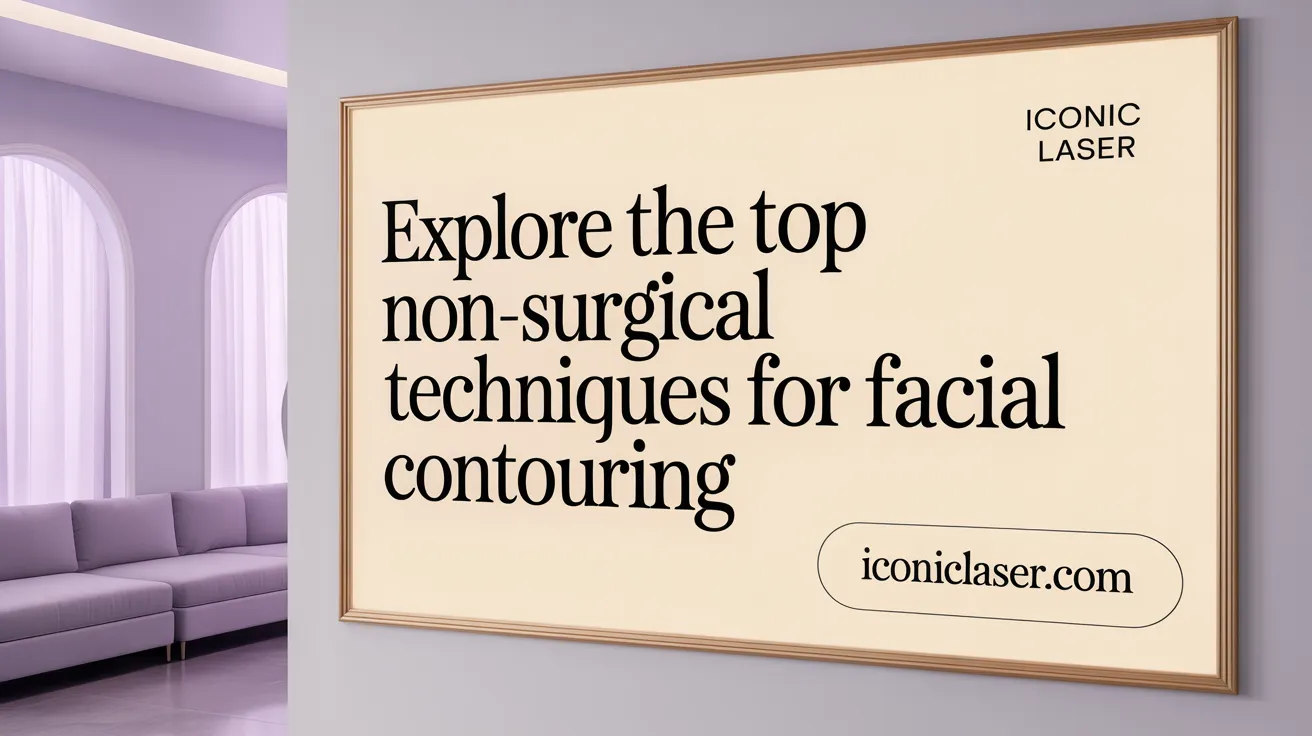 Non-surgical facial sculpting employs a variety of minimally invasive treatments aimed at enhancing facial contours, tightening skin, and reducing signs of aging without the need for traditional surgery. These techniques are favored for their quick recovery time, natural-looking results, and lower risk profile (Non-Surgical Facial Contouring Methods, Minimally Invasive Facial Rejuvenation Modalities).
Non-surgical facial sculpting employs a variety of minimally invasive treatments aimed at enhancing facial contours, tightening skin, and reducing signs of aging without the need for traditional surgery. These techniques are favored for their quick recovery time, natural-looking results, and lower risk profile (Non-Surgical Facial Contouring Methods, Minimally Invasive Facial Rejuvenation Modalities).
One of the most popular methods involves dermal fillers, typically made of hyaluronic acid, which are injected to restore volume in areas such as the cheeks, jawline, and lips. Fillers provide immediate enhancement and are versatile in shaping the face (Facial Contouring Benefits, Dermal Fillers for Contouring).
Botox, another widely used treatment, works by relaxing hyperactive facial muscles. It effectively smooths dynamic wrinkles and can slim the jawline by reducing the masseter muscles, creating a more streamlined appearance (Botox for Facial Contouring, Injectable Botulinum Toxin for Facial Muscles).
Microneedling, often combined with PRP (platelet-rich plasma), stimulates collagen production by creating controlled micro-injuries in the skin. This improves skin texture, pore size, and facial elasticity, contributing to a more youthful look (Microneedling for Collagen Stimulation, Non-surgical Facial Rejuvenation).
Laser treatments, such as fractional CO2 or other resurfacing lasers, target skin irregularities, scars, and pigmentation, while promoting collagen growth—resulting in smoother, tighter skin (Laser Facial Contouring Techniques, Laser Skin Resurfacing).
Ultrasound therapy, exemplified by Ultherapy, uses focused ultrasound waves to penetrate deep into the skin layers, stimulating collagen synthesis. It lifts and firms areas like the brow, chin, and neck with minimal discomfort (Ultrasound Skin Tightening, Ultherapy Micro-Focused Ultrasound).
Radiofrequency devices, including Morpheus8 and Thermage, heat the tissue beneath the skin to promote collagen and elastin production, resulting in skin tightening and improved facial contours over time (Radiofrequency Skin Tightening, Morpheus8 RF Microneedling).
PDO threads are absorbable sutures that are inserted under the skin to physically lift and tighten sagging tissues while also stimulating collagen growth (PDO Thread Lifts Face, PDO Threads for Natural Lifting).
For targeted fat reduction, Kybella injections use deoxycholic acid to destroy fat cells in the submental area, achieving a more defined jawline. Similarly, ultrasound-based devices like UltraShape or cryolipolysis (CoolSculpting) are used to reduce stubborn fat pockets (Non-Surgical Fat Reduction, CoolSculpting Fat Freezing).
Specialized treatments such as Facetite RF combine radiofrequency energy with liposuction-like techniques to tighten skin and melt fat with minimal invasiveness (FaceTite Skin Tightening).
Overall, these non-surgical facial contouring procedures are tailored to individual needs, providing subtle and natural results, often combined to maximize facial rejuvenation while avoiding the risks associated with invasive surgery. Consulting with a qualified aesthetic practitioner is essential to develop a customized plan that aligns with personal beauty goals (Choosing Qualified Providers for Treatments, Consultation for Treatment Plans).
Technologies Driving Non-Surgical Facial Contouring
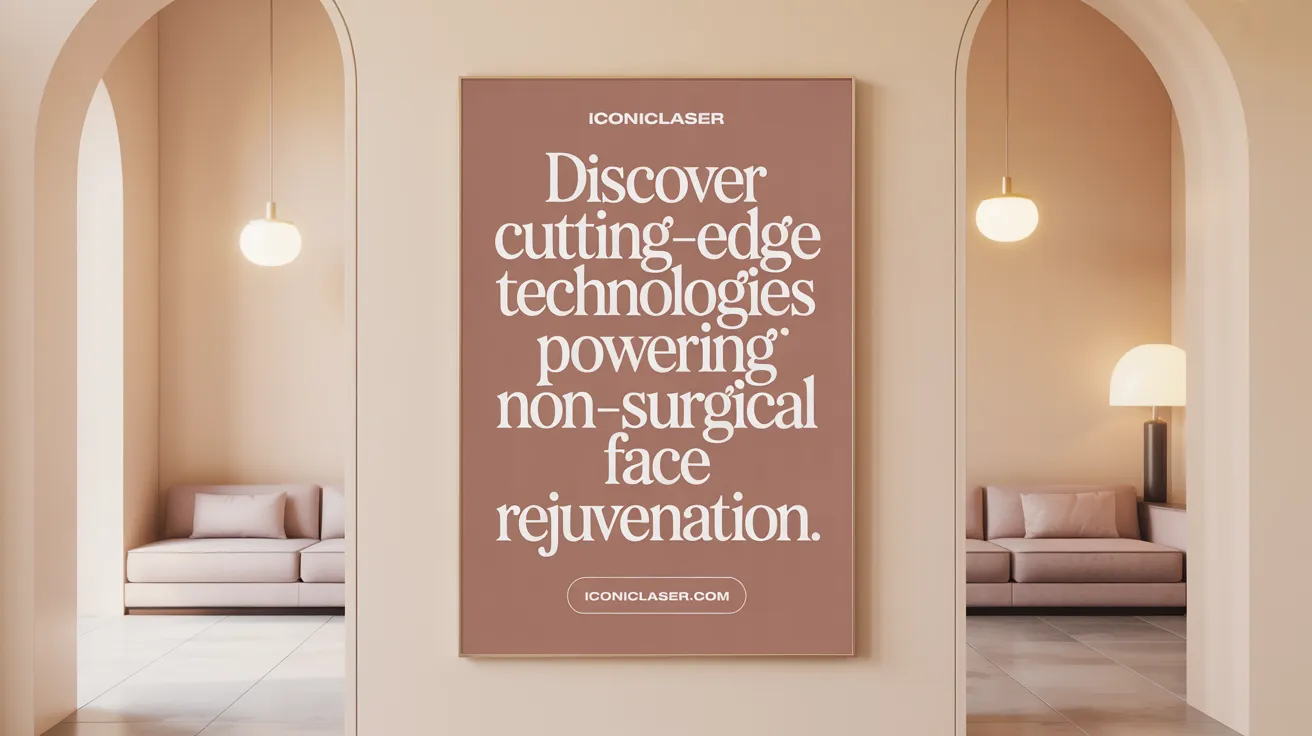 Non-surgical facial contouring relies on a selection of advanced, minimally invasive technologies and treatment methods that are tailored to enhance natural features and reduce signs of aging. Among the most common systems are ultrasound-based devices like Ultherapy, which use micro-focused ultrasound waves to induce collagen production deep within the skin, resulting in a lifted and firmer appearance. Similarly, radiofrequency (RF) modalities such as Thermage, Morpheus8, and Exilis employ controlled heating of the dermal layers to stimulate collagen and elastin growth, gradually tightening and smoothing the skin.
Non-surgical facial contouring relies on a selection of advanced, minimally invasive technologies and treatment methods that are tailored to enhance natural features and reduce signs of aging. Among the most common systems are ultrasound-based devices like Ultherapy, which use micro-focused ultrasound waves to induce collagen production deep within the skin, resulting in a lifted and firmer appearance. Similarly, radiofrequency (RF) modalities such as Thermage, Morpheus8, and Exilis employ controlled heating of the dermal layers to stimulate collagen and elastin growth, gradually tightening and smoothing the skin.
Injectable treatments are foundational tools in non-surgical contouring. Hyaluronic acid fillers are widely used to restore volume, enhance cheekbones, define the jawline, and plump lips. Neuromodulators like Botox and Dysport relax hyperactive muscles, providing subtle lifting effects and smoothing dynamic wrinkles.
Laser therapies, including fractional lasers and combined RF laser treatments, improve skin texture, reduce pore size, and foster collagen remodeling. RF microneedling, exemplified by Morpheus8, combines gentle skin penetration with RF energy to improve laxity and scars.
Fat reduction techniques are also integral for contouring without surgery. Injectable deoxycholic acid (Kybella) effectively dissolves submental fat, while cryolipolysis or CoolSculpting freezes and eliminates fat cells, notably along the jawline and chin. Wireless RF-based fat reduction, such as WarmSculpting, heats fat cells to induce apoptosis.
Thread lifts involve placing absorbable sutures under the skin to physically lift and tighten facial tissues, supporting natural collagen production for lasting but non-permanent lift. These combined modalities enable practitioners to customize treatments that address volume loss, skin laxity, and fat deposits, achieving balanced, aesthetic outcomes without the need for surgical intervention.
How Non-Surgical Facial Sculpting Works and Its Effectiveness
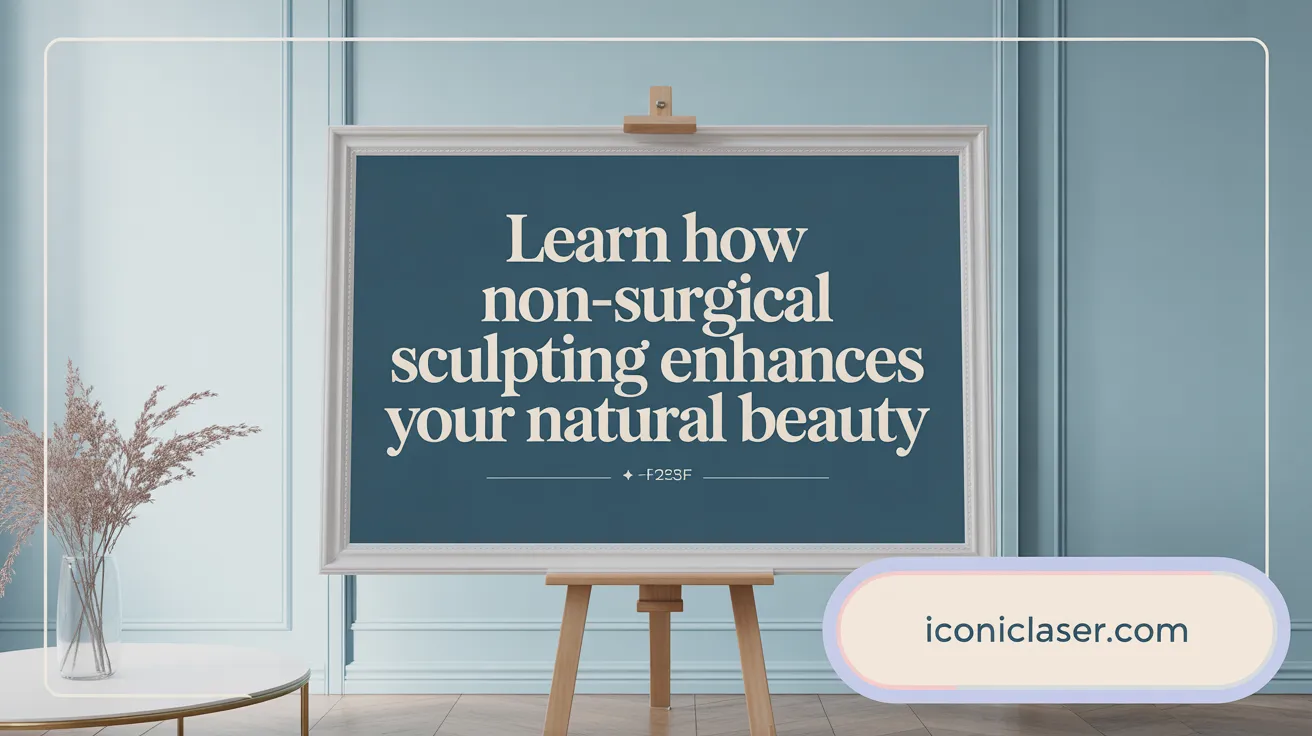
How does non-surgical facial sculpting work, and how effective is it?
Non-surgical facial sculpting employs various minimally invasive facial rejuvenation modalities to improve the appearance of the face without the need for traditional surgery. One common approach is collagen stimulation, which occurs through non-surgical skin tightening procedures such as radiofrequency or ultrasound therapies. These devices generate heat beneath the skin's surface, encouraging the body's natural collagen and elastin production, resulting in firmer, more elastic skin that appears lifted and smooth.
Another fundamental method involves the relaxation of facial muscles using Botox or similar neurotoxins. By temporarily paralyzing hyperactive muscles that produce wrinkles or contribute to a boxy jawline, these treatments can create a more streamlined facial appearance and reduce dynamic lines.
Volume restoration is achieved through injectable dermal fillers like hyaluronic acid, calcium hydroxyapatite, or even autologous fat transfer. These fillers replenish lost facial volume, enhance contours such as cheekbones and jawlines, and diminish the appearance of hollow areas or sagging skin.
The results of non-surgical techniques typically appear within a few months after treatment. The degree of improvement varies depending on individual factors such as age, skin quality, and the specific procedure performed. Generally, these treatments provide natural-looking outcomes that can last from several months up to a year or more.
However, many non-surgical options are temporary and may require maintenance sessions to sustain the desired effect. For example, Botox effects last around three to four months, while fillers may last from six months to two years, depending on the product used and the area treated.
Overall, non-surgical facial sculpting methods are regarded as safe, minimally invasive, and effective for addressing mild to moderate signs of aging. They are particularly suitable for patients seeking subtle enhancements or those hesitant about undergoing surgery. Combining different treatments often yields more comprehensive results, creating a more youthful, balanced facial appearance without the downtime associated with invasive procedures.
Comparing Non-Surgical and Surgical Facial Sculpting Options
What are the key differences between non-surgical and surgical facial sculpting options?
The primary distinctions between non-surgical and surgical facial sculpting lie in their level of invasiveness, duration of results, scope of correction, and associated risks.
Invasive surgical procedures, such as facelifts, rhinoplasty, and jawline contouring, involve making incisions, lifting or repositioning tissues, and often require anesthesia and extended recovery periods. These methods can achieve substantial, permanent changes, effectively correcting significant sagging, deep wrinkles, and structural asymmetries, resulting in a more dramatic transformation.
On the other hand, non-surgical options are usually minimally invasive or completely non-invasive. They include treatments like dermal fillers, Botox, laser skin resurfacing, and radiofrequency-based skin tightening. These procedures do not require incisions, involve little to no downtime, and generally produce subtler improvements—such as smoothing wrinkles, adding volume, or tightening skin. The results are typically temporary, lasting from a few months up to a couple of years, and often necessitate regular maintenance sessions.
While surgical methods provide long-lasting and comprehensive correction, they carry higher risks such as scarring, complications from anesthesia, and longer recovery times. Non-surgical treatments tend to be safer, with fewer side effects, shorter recovery, and less cost, but they are best suited for individuals seeking mild to moderate enhancement rather than dramatic change.
Choosing between these approaches depends on several factors including the severity of aging signs, individual health, aesthetic goals, and personal preferences. Consulting with a qualified medical professional can help determine the most appropriate plan tailored to each person's needs.
For further details, a search with the phrase "Choosing Between Surgical and Non-Surgical Contouring" can provide useful insights into the options and considerations involved.
Safety Considerations and Potential Side Effects of Non-Surgical Methods
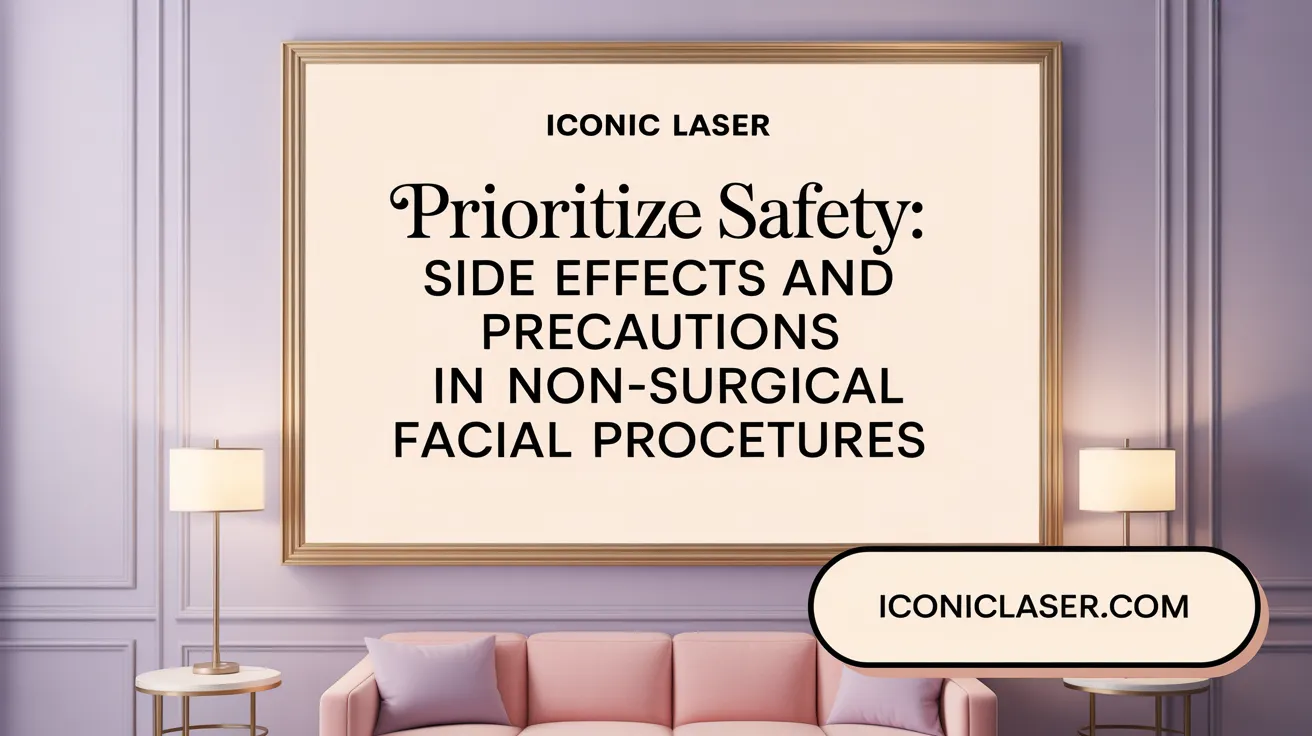 When considering non-surgical facial sculpting treatments, patient safety is paramount. It begins with the selection of qualified and experienced practitioners who are well-versed in the latest techniques and safety protocols. Ensuring treatment is performed in a certified medical facility adds an extra layer of security.
When considering non-surgical facial sculpting treatments, patient safety is paramount. It begins with the selection of qualified and experienced practitioners who are well-versed in the latest techniques and safety protocols. Ensuring treatment is performed in a certified medical facility adds an extra layer of security.
Common side effects from non-invasive procedures are usually mild, temporary, and easily managed. These can include soreness, skin redness, swelling, bruising, flaking, or scabbing at the treatment sites. Such reactions typically resolve within a few days to a week. Patients may also experience transient discomfort or tenderness, but these effects are generally well-tolerated.
While serious risks are rare, the possibility of adverse events exists. These include vascular occlusion if an injection inadvertently blocks a blood vessel, nerve injury, or allergic reactions to certain agents used during treatment. Proper technique and thorough patient assessment help mitigate these risks.
Pre- and post-care routines play a crucial role in ensuring safe and effective results. Patients should avoid sun exposure, use recommended skincare products, and follow any specific guidelines provided by their practitioner. Adequate hydration and avoiding blood-thinning medications before treatment can also reduce the likelihood of bruising.
A comprehensive patient consultation prior to treatment allows the provider to review medical history, allergies, skin type, and aesthetic goals. This step is critical to tailor treatments appropriately and to identify any contraindications.
Post-treatment, monitoring for any unusual reactions is essential. Patients are advised to report persistent or severe symptoms, such as excessive swelling, prolonged redness, pain, or signs of infection. Prompt management of complications can prevent long-term issues.
In summary, non-surgical facial sculpting methods are generally safe when performed by qualified professionals. Awareness of common side effects, serious risks, proper pre- and post-care, and thorough patient consultation ensures optimal safety and satisfaction with the results.
Suitable Candidates and Common Minimally Invasive Procedures
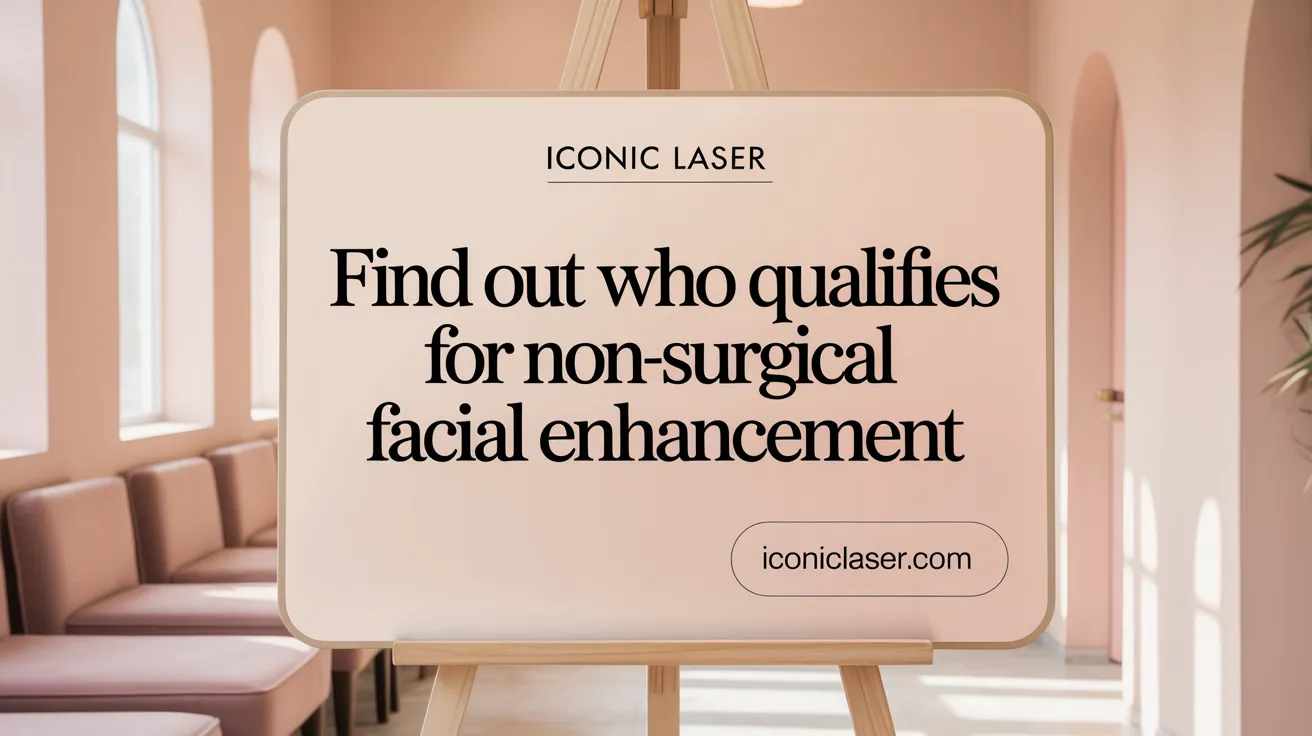
Who are suitable candidates for non-surgical facial enhancement procedures?
Suitable candidates for non-surgical facial contouring methods are men and women seeking subtle yet noticeable improvements in their appearance without the need for surgery. Typically, these individuals have mild to moderate signs of aging, such as fine lines, wrinkles, slight skin laxity, or mild volume loss. They do not have severe sagging or deep wrinkles that usually require surgical intervention.
Candidates are generally in good overall health and do not have significant skin laxity or medical contraindications. They also possess realistic expectations about the results, understanding that non-surgical facial contouring procedures usually provide temporary improvements that may require ongoing maintenance.
These procedures are ideal for those looking to refresh or rejuvenate their facial features with minimal recovery time and risk. Consultation with a qualified aesthetic professional helps determine the most appropriate options tailored to individual facial concerns and aesthetic goals.
What are the common minimally invasive procedures for facial shaping?
Common minimally invasive procedures for facial shaping include:
- Botulinum toxin injections (e.g., Botox): Relax facial muscles to reduce dynamic wrinkles and soften lines.
- Hyaluronic acid dermal fillers (e.g., Juvederm, Restylane): Restore lost volume, enhance contours, and improve symmetry in areas like cheeks, lips, and jawline.
- Microneedling: Stimulates collagen production, improving skin texture and firmness, often combined with radiofrequency for enhanced skin tightening.
- Chemical peels and microdermabrasion: Improve skin tone, reduce pigmentation, and remove damaged outer layers for a smoother appearance.
These treatments offer benefits such as minimal downtime, natural-looking results, and lower risks compared to surgical options. They are well-suited for subtle facial contouring and rejuvenation, addressing early signs of aging and volume loss effectively.
| Procedure Type | Main Benefits | Typical Duration of Results | Suitable for |
|---|---|---|---|
| Botulinum toxin injections | Reduces wrinkles, relaxes muscles | 3-4 months | Mild to moderate wrinkles, muscle hyperactivity |
| Dermal fillers | Restores volume, defines contours | 6 months to 2 years | Facial volume loss, contouring |
| Microneedling with RF | Improves skin texture and tightness | 1-2 years (with maintenance) | Skin laxity, scars, pore size |
| Chemical peels | Enhances skin tone, reduces surface imperfections | Several months | Pigmentation, dull skin, fine lines |
| Microdermabrasion | Smooths skin surface, reduces superficial scars | Several weeks to months | Mild skin imperfections, dullness |
Consultation with a trained practitioner ensures safe and effective treatment planning, maximizing natural aesthetic improvements.
Comparing Various Non-Invasive Face Contouring Options
Non-invasive face contouring options are diverse, each employing different technologies to target specific concerns like volume loss, skin laxity, or excess fat.
Fillers versus Botox are among the most popular choices. Hyaluronic acid fillers instantly add volume to cheeks, lips, and jawlines, providing immediate contour correction with results typically lasting 1 to 2 years. In contrast, Botox works by relaxing facial muscles that cause wrinkles and can subtly slim the jawline, with effects lasting about 3 to 4 months.
Skin tightening methods include ultrasound-based treatment like Ultherapy and radiofrequency devices such as Thermage and Morpheus8. These treatments stimulate collagen production over time, resulting in a gradual lifting and firming of the skin. The effects are usually noticeable after 2 to 3 months and can last up to a year or longer, depending on the treatment and individual response.
Laser therapy and microneedling focus on improving skin texture and promoting collagen synthesis. Laser resurfacing removes damaged epidermal layers, revealing fresher skin, while microneedling creates micro-injuries that encourage collagen growth. Both modalities provide progressive improvements with minimal downtime, enhancing skin quality over several sessions.
Fat reduction treatments, like CoolSculpting and SculpSure, target stubborn fat deposits without surgery. These treatments use cooling or controlled heat to destroy fat cells, with visible results typically at 3 months. Multiple sessions may be necessary, and the longevity of results can range from several months to years if combined with a healthy lifestyle.
Overall, the choice among these non-invasive options depends on individual aesthetic goals, skin condition, and concerns. Combining treatments—such as fillers for volume, skin tightening for laxity, and fat reduction for contouring—can offer comprehensive rejuvenation with minimal downtime and natural-looking outcomes.
Natural and At-Home Facial Sculpting Techniques
Natural and at-home facial sculpting techniques have gained popularity as simple ways to enhance facial features and promote skin health without invasive procedures. These methods include facial massage, exercises, and the use of tools like Gua Sha Massage Benefits stones and jade rollers.
Facial massage is particularly effective in stimulating Collagen Production and Lymphatic Drainage for Face. Regular massage routines can lift and firm the skin, reduce puffiness, and improve overall facial contour. Incorporating nourishing oils or serums not only improves glide but also nourishes the skin, making massage more enjoyable and effective.
Gua Sha, a traditional Chinese tool, involves gently scraping the skin with a smooth stone to encourage lymphatic flow and blood circulation. This practice can help reduce swelling, improve skin tone, and create a more sculpted appearance over time.
Facial exercises are another popular at-home approach. For example, the 'JAW HOOK' exercise involves placing your hands on your jawline and applying gentle resistance while opening and closing the mouth. Such exercises can strengthen the jaw muscles, potentially reducing sagging and defining the jawline further.
Lymphatic drainage techniques, whether through massage or specialized tools, assist in detoxifying the face, resulting in a more lifted and refreshed look. Consistent application of these techniques fosters better tissue health and can enhance the effects of skincare routines.
While these natural methods tend to be less dramatic than professional non-surgical facial contouring methods, they can produce noticeable improvements, especially with regular practice. They are especially effective for maintaining a youthful appearance and preventing early signs of aging.
Overall, the effectiveness of at-home facial sculpting hinges on consistent application, proper technique, and patience. Combining these practices with good skincare and healthy lifestyle habits can help achieve a naturally sculpted and revitalized face.
Embracing Non-Surgical Facial Sculpting for Natural Enhancement
Non-surgical facial sculpting has become a transformative approach for individuals seeking natural, subtle improvements without the risks and downtime of surgery. Advancements in injectable treatments, energy-based technologies, and minimally invasive procedures provide safe and effective options tailored to diverse needs and aging concerns. While these methods offer temporary results and may require maintenance, their benefits—including shorter recovery, lower costs, and customizable outcomes—make them an attractive choice for many. Understanding the differences between surgical and non-surgical options, in addition to appropriate candidate selection and proper practitioner guidance, ensures optimal, natural-looking rejuvenation. Combined with ongoing innovations and natural at-home practices, non-surgical facial sculpting continues to redefine the art of facial enhancement for modern aesthetics.
